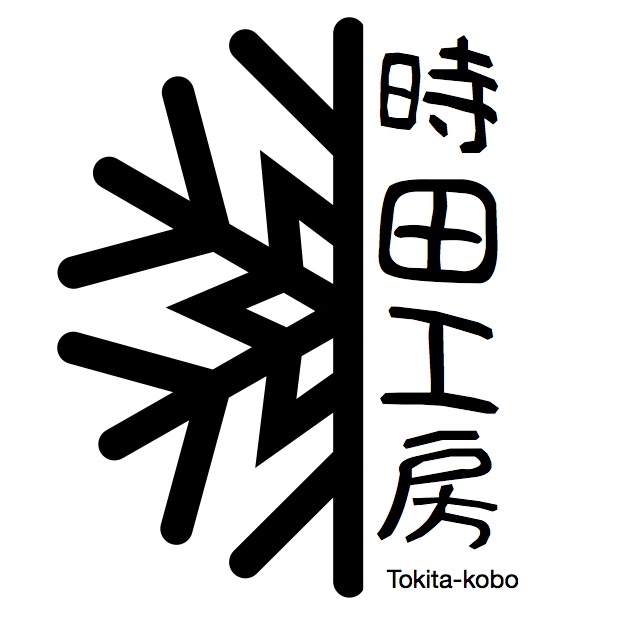As the final day of the year, Ōmisoka (大晦日, New Year’s Eve) is one of the most important days in Japan. Unlike Western countries, where December 31st is often filled with parties and fireworks, Japan’s New Year’s Eve is a peaceful and reflective time, focusing on cleaning, family, and spiritual traditions. Here’s how the Japanese spend the last day of the year.

1. Finishing Oosouji (大掃除, Year-End Deep Cleaning)
Before welcoming the New Year, many Japanese people complete Oosouji (大掃除, deep cleaning). This ritual isn’t just about tidying up—it’s about cleansing the home of the past year’s dust, bad luck, and negativity. The belief is that a clean home allows the New Year’s deity, Toshigami-sama (年神様), to enter and bring good fortune for the coming year.
🧹 Wiping down surfaces, cleaning floors, and organizing clutter
🧹 Changing shoji (paper doors) and replacing old household items
🧹 Purifying the space to start fresh in the New Year

2. Eating Toshikoshi Soba (年越しそば, Year-End Soba Noodles)
One of the most famous traditions of Ōmisoka is eating Toshikoshi Soba (年越しそば, “year-crossing soba”). This simple bowl of buckwheat noodles is believed to bring longevity, prosperity, and a clean break from misfortunes of the past year. The long noodles symbolize a long life, while the easy-to-cut texture represents letting go of hardships.
🍜 Some families eat warm soba in hot broth, while others enjoy cold soba with dipping sauce
🍜 Popular toppings include tempura, green onions, and kamaboko (fish cakes)
🍜 It’s usually eaten just before midnight for good luck
3. Watching Kohaku Uta Gassen (紅白歌合戦, NHK’s Red & White Song Contest)

For many Japanese families, Kōhaku Uta Gassen (紅白歌合戦, “Red & White Song Battle”) is a must-watch television program on New Year’s Eve. This famous music show, broadcast by NHK since 1951, features Japan’s top singers divided into two teams:
🎤 Red Team (Women) vs. White Team (Men) compete in an exciting musical battle.
🎤 Popular J-Pop artists, enka singers, and idol groups perform.
🎤 Families gather around the TV to enjoy the performances before midnight.
It’s a nostalgic and festive way to spend time together while counting down the final hours of the year.
4. Joya no Kane (除夜の鐘, Temple Bell-Ringing Ceremony)

As midnight approaches, Buddhist temples across Japan ring their large bells 108 times in a tradition called Joya no Kane (除夜の鐘). According to Buddhism, humans have 108 earthly desires (煩悩, bonnō) that cause suffering, and each bell chime purifies the soul, washing away a past year’s sins and misfortunes.
🔔 The ringing starts before midnight and finishes as the New Year begins.
🔔 Many people visit temples to listen to the bells and pray for a fresh start.
🔔 Some temples allow visitors to participate in ringing the bells themselves.
It’s a quiet and spiritual way to welcome the New Year, focusing on reflection rather than celebration.
5. Preparing for Hatsumode (初詣, First Shrine Visit of the Year)

Many people stay up past midnight on Ōmisoka to prepare for Hatsumode (初詣, the first shrine visit of the New Year). After midnight, crowds head to Shinto shrines or Buddhist temples to pray for health, happiness, and good fortune in the coming year.
⛩ Popular shrines like Meiji Jingu (Tokyo) and Fushimi Inari (Kyoto) attract thousands of visitors.
⛩ People buy lucky charms (Omamori, お守り) and write wishes on wooden plaques (Ema, 絵馬).
⛩ Traditional New Year’s sake (Amazake, 甘酒) is often served.
Some people prefer to wake up early on January 1st for Hatsumode instead of going at midnight.
Should visit Temple or Shrine?
Ōmisoka: A Day of Reflection & Renewal
December 31st in Japan isn’t just about ending the year—it’s about starting the next one with a clean slate. Through cleaning, eating soba, watching Kōhaku, listening to temple bells, and preparing for Hatsumode, Japanese people spend Ōmisoka in a meaningful way.
Would you like to try some of these traditions this year? Let’s welcome the New Year with a fresh spirit, Japanese-style!
🎍 Akemashite Omedetou Gozaimasu! (明けましておめでとうございます!) Happy New Year! 🎍
